Name: Stephen Jay Gould
Birth: September 10, 1941 in Bayside, New York, United States
Death: May 20, 2002 in Manhatten, New York, United States for the cancer
Nationalism: American
Field: Paleontology, Evolutionaty Biology, History of science
Marriage: Twice - Deborah Lee on October 3, 1965
- Rhonda Roland Shearer in 1995
Kin - 2 children from first wife(Jesse and Ethan)
- 2 children from second wife (Jade and Lodon Allen)
Institutions: Harvard University, New York University, American Museum of Natural History
Contribution: Gould's contribution to the science is revising the theory of evolution to the today's version. He developed the theory of punctuated equilibrium in which evolutionary change occurs relatively rapidly, alternating with longer periods of relative evolutionary stability, and the concept of pluralism.
Book: The Mismeasure of Man(1981), Wonderful Life(1989), Full House(1996), and etc









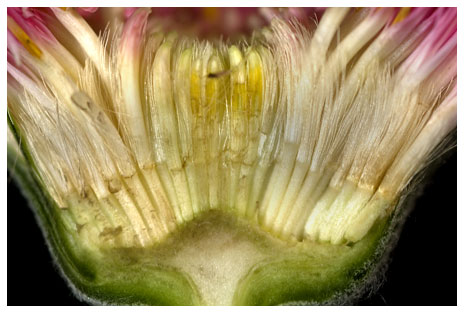
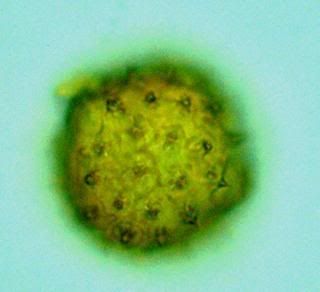
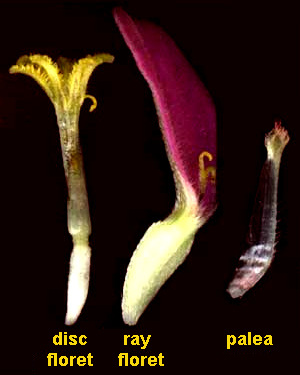


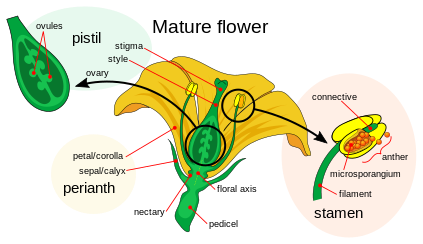
 Male Catkin
Male Catkin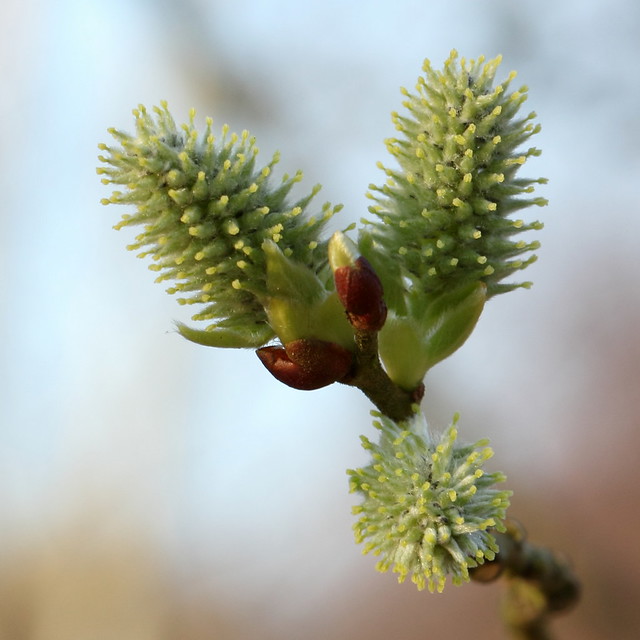 Female Catkin
Female Catkin






